Citizens and the Social Sustainability of Energy Infrastructure Siting Project
Overview
Our research aims to understand and predict complex citizen opposition to energy infrastructure projects.
Building on the Power Struggles project on energy project permitting conflicts in Southern California, the "Citizens and the Social Sustainability of Energy Infrastructure Siting" project examines citizens' perceptions of risks and associated place-protective actions across energy technologies, integrating public acceptance surveys with case-specific data about the type of energy technology and citizen proximities.
Delays in the construction of energy infrastructure can raise energy costs, reduce electricity reliability, and cause supply disruptions. A systematic empirical understanding of the social sustainability of energy infrastructure is needed.
The project objective is to understand and predict complex citizen opposition to energy infrastructure projects. The comparative case-study design examines citizens' perceptions of risks and associated place-protective actions across energy technologies, integrating public acceptance surveys with case-specific data about the type of energy technology and citizen proximities. The sample frame comprises natural gas and oil pipelines, high voltage power lines, natural gas electricity generation, and wind generation projects in the US. Seven siting cases were selected for which publicly-available citizen and stakeholder contact information is available. Participants were asked to complete online surveys about risk attitudes along with behavioral, demographic, and spatial data. The Infrastructure Siting (In-Site)© software integrates an agent-based model of stakeholder dynamics with a Geographical Information System model that structures the agents interactions based on demographic, engineering, and spatial data. The In-Site model simulates the emergence of community-based oppositional organizations, which have been surprisingly effective in delaying or blocking energy facilities projects. Spatial statistics and econometrics complement the agent-based modeling and allow a comparative analysis of the underlying drivers of opposition across energy sectors and siting issues.
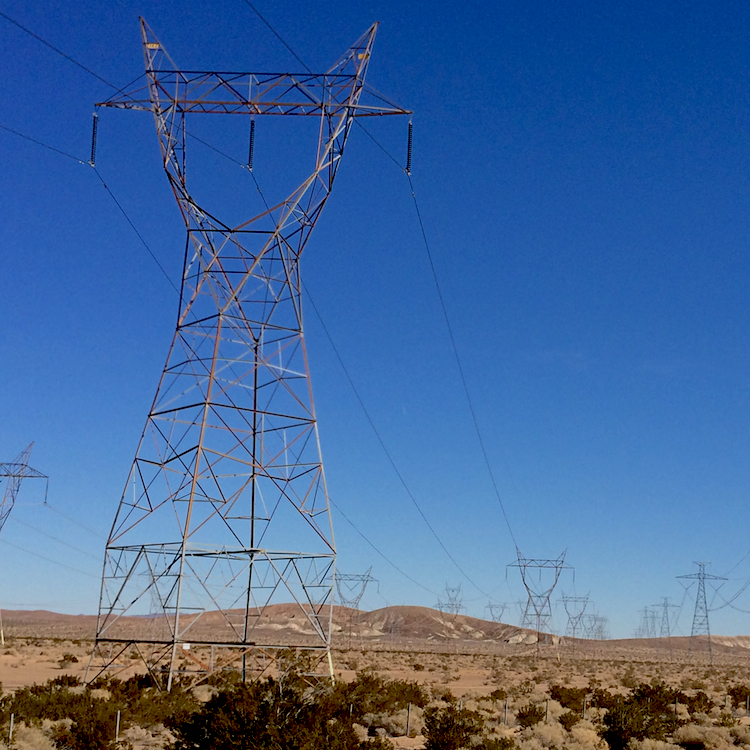
Hal T. Nelson, PhD
Project Director
Hal Nelson is a Professor in the Hatfield School of Government.
This project develops and tests new theories about siting of electricity, oil, and gas infrastructure using a variety of data and extensive computer simulations. The Citizens and the Social Sustainability of Energy Infrastructure Siting project provides theories, empirics, and tools to improve social welfare by shortening energy facility permitting times. The broader impacts of the project include a methodology to engage communities earlier in the siting process, help project proponents identify key concessions to impacted communities to increase acceptance, as well as reduce legal and political costs.
Alberhill Substation
Southern California Edison’s Alberhill project consisted of the Alberhill substation located in Riverside County, CA and two transmission lines known as the Valley-Ivyglen Project. The projects were intended to meet projected increases in demand within the Alberhill service area and were met with significant public opposition throughout their joint twelve years of environmental assessment by the California Public Utilities Commission (CPUC). Largely due to concerns about aesthetic, property value, and biological impacts of the project, CPUC decided in 2019 to approve a modified plan for Valley-Ivyglen and take no action to grant SCE’s certificate of public convenience and necessity for the Alberhill substation.
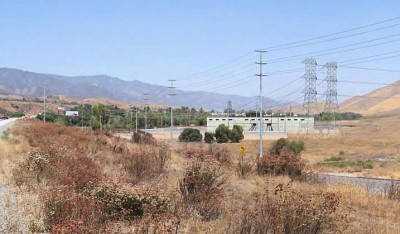
- Project: Alberhill
- Type: Substation
- Location: Southern California
- Population Density: Suburban
- Primary Comment Type: Local
- Outcome: On Hold
Boardman to Hemingway
The Boardman to Hemingway transmission line was a project jointly proposed by three Northwest utilities to transport power between Idaho and Oregon. Still under review by several state and federal agencies, the project has already seen over a decade of conflict. Utilities and business groups interested in increasing reliability and affordability of electricity in both states were highly in favor of the project. Many landowners living along the transmission line’s proposed path, however, claimed it would interfere with agricultural land use, generate unjustifiable impacts to biological resources, and damage scenic viewscapes. Local coalitions that formed to oppose the project have remained a significant presence in siting conversations, leading to some significant modifications in the proposed routes. Likely due to the detailed attention and review process conducted by the Oregon Department of Energy facility siting division, the project has made headway with local landowners despite persistent disagreements. Though no decision has been reached, it appears likely that the final project will be somewhat reflective of local communities’ siting preferences if it is approved.
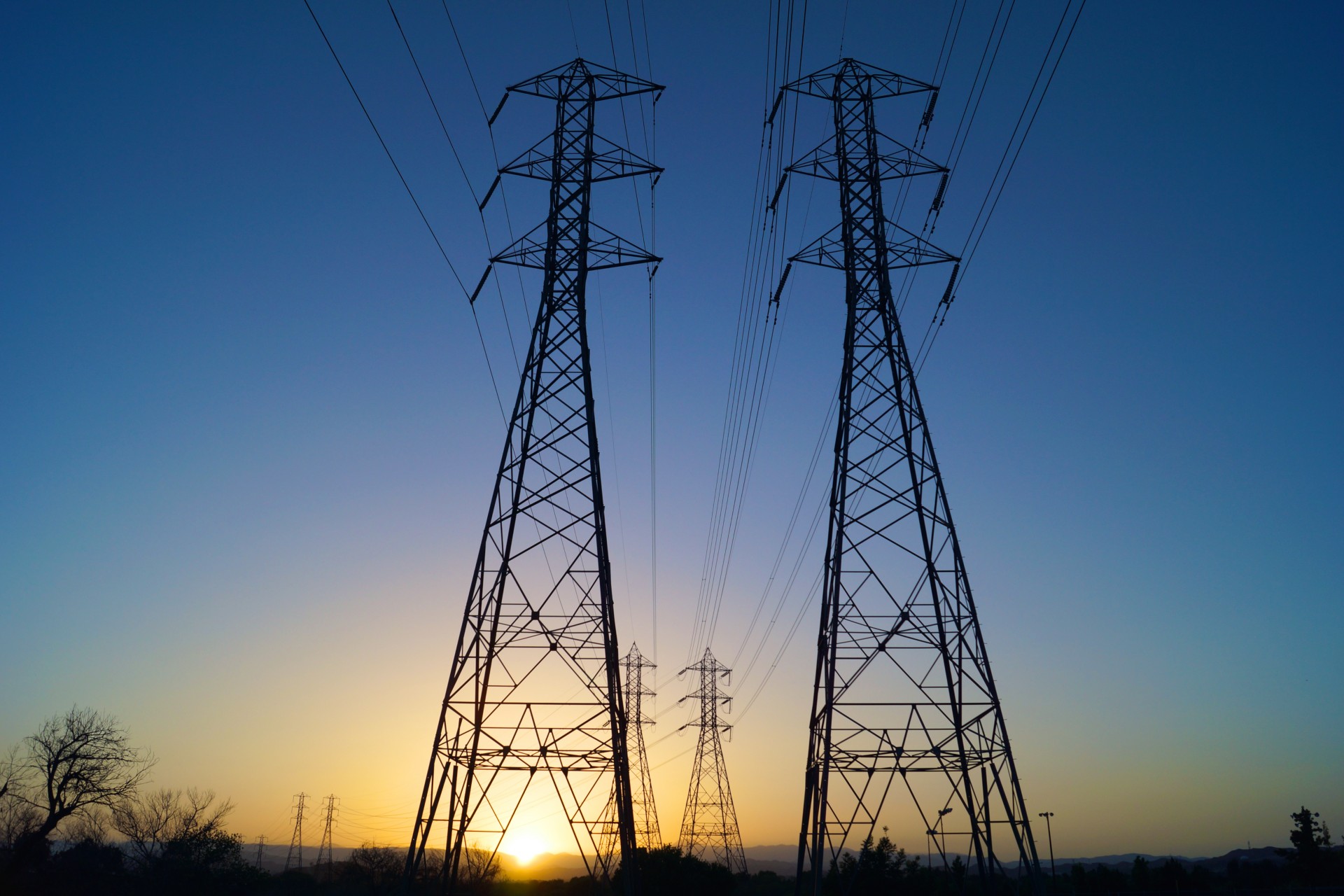
- Project: Boardman to Hemmingway (B2H)
- Type: High Voltage Transmission Line
- Location: Idaho & E. Oregon
- Population Density: Rural
- Primary Comment Type: Local
- Outcome: Approved (Federal); Pending (Oregon)
Carty II Generating Station
The Carty II Generating Station was a proposed expansion to Portland General Electric’s existing 440-megawatt natural gas plant in Boardman, Oregon. The project underwent review by the Oregon Energy Facility Siting Council (OEFSC) and Oregon Public Utilities Commission (OPUC), garnering significant public concern regarding the environmental and economic impacts of increased gas generation. Environmental and tribal groups led widespread public comment campaigns and protests, mostly expressing opposition to increasing reliance on fossil fuel infrastructure due to its associated greenhouse gas emissions and resulting pressures on domestic gas production via hydraulic fracturing. Thanks in part to this political pressure combined with concerns about saddling ratepayers with the 30–40 year cost of another major energy facility, OPUC decided not to acknowledge PGE’s request for added gas capacity and instead encouraged the company to pursue shorter term contracts for existing resources to fill its capacity deficit.
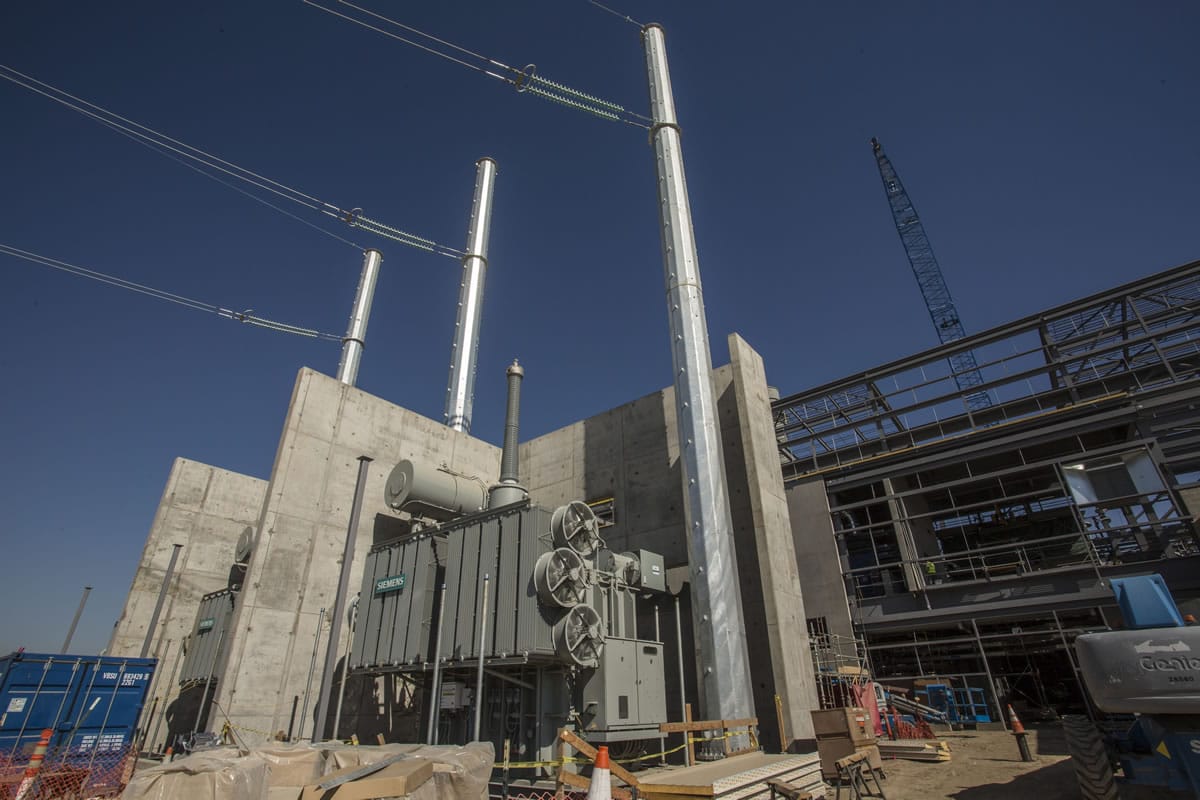
- Project: Carty II
- Type: Natural Gas Electricity Generation
- Location: E. Oregon
- Population Density: Rural
- Primary Comment Type: NGO
- Outcome: Rejected
Constitution Pipeline
The Constitution Pipeline project was proposed in an effort to transport growing Marcellus gas resources to markets across New York state. Subject to review by both the Federal Energy Regulatory Commission (FERC) and the New York Department of Environmental Conservation (NYSDEC), the project met with significant local and national pushback throughout its four-year assessment process. The project received some support from proponents of renewable energy who valued adding gas capacity to the grid as well as labor and economic development organizations in favor of job creation. Opposition groups expressed concerns about many aspects of the project, including its impacts to water, biological resources, local health and safety, and climate change. The ‘Stop the Pipeline Coalition’, representing diverse stakeholder interests, lobbied and organized for years, eventually achieving a strong base of opposition among landowners along the pipeline route and significant political sway over the New York governor’s office. This combined with a growing national movement opposed to new fossil fuel infrastructure projects created an environment in which NYSDEC denied Constitution its water quality permit and indefinitely halted Constitution’s development.
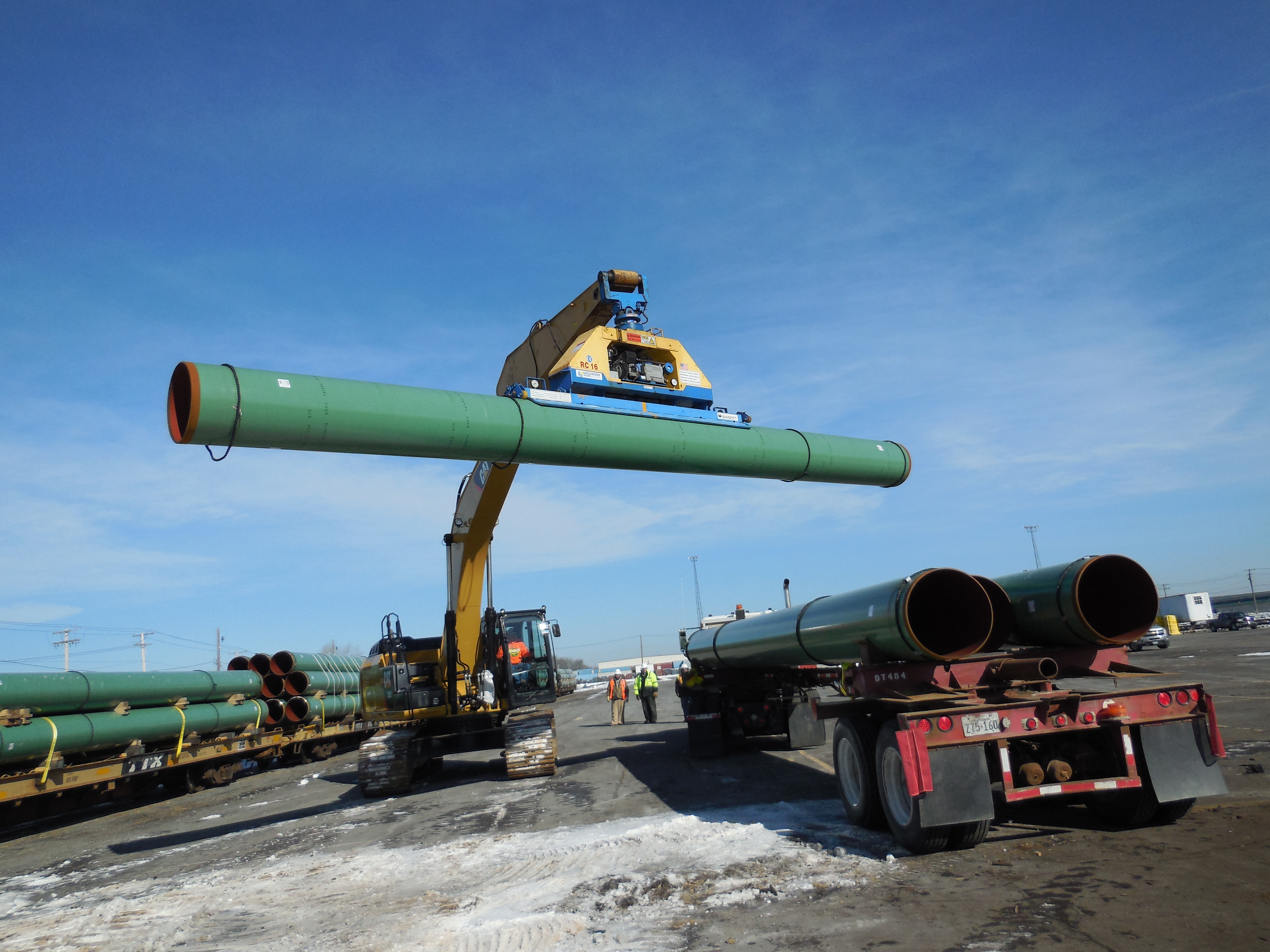
- Project: Constitution
- Type: Natural Gas Pipeline
- Location: New York
- Population Density: Mixed
- Primary Comment Type: Mixed
- Outcome: Rejected
Ocotillo Wind
The Ocotillo wind project was a two-phased wind facility proposed in the Imperial Valley of Southern California on land mostly managed by the Bureau of Land Management (BLM). Touted by some as integral to meeting the state’s renewable energy targets, the project inspired mostly public opposition from the outset. Concerns cited by local community groups, Native American tribes, and conservation organizations all centered largely around a desire to preserve culturally significant desert resources and protect local quality of life. Due to persistent community-based opposition throughout the siting process, BLM approved a modified plan that included 43 fewer turbines than what was included in their original application. Additional legal claims about procedural malfeasance and challenges to the technical merits of the project were also raised after the project’s completion, creating significant ongoing conflict even years after the formal permitting process ended.
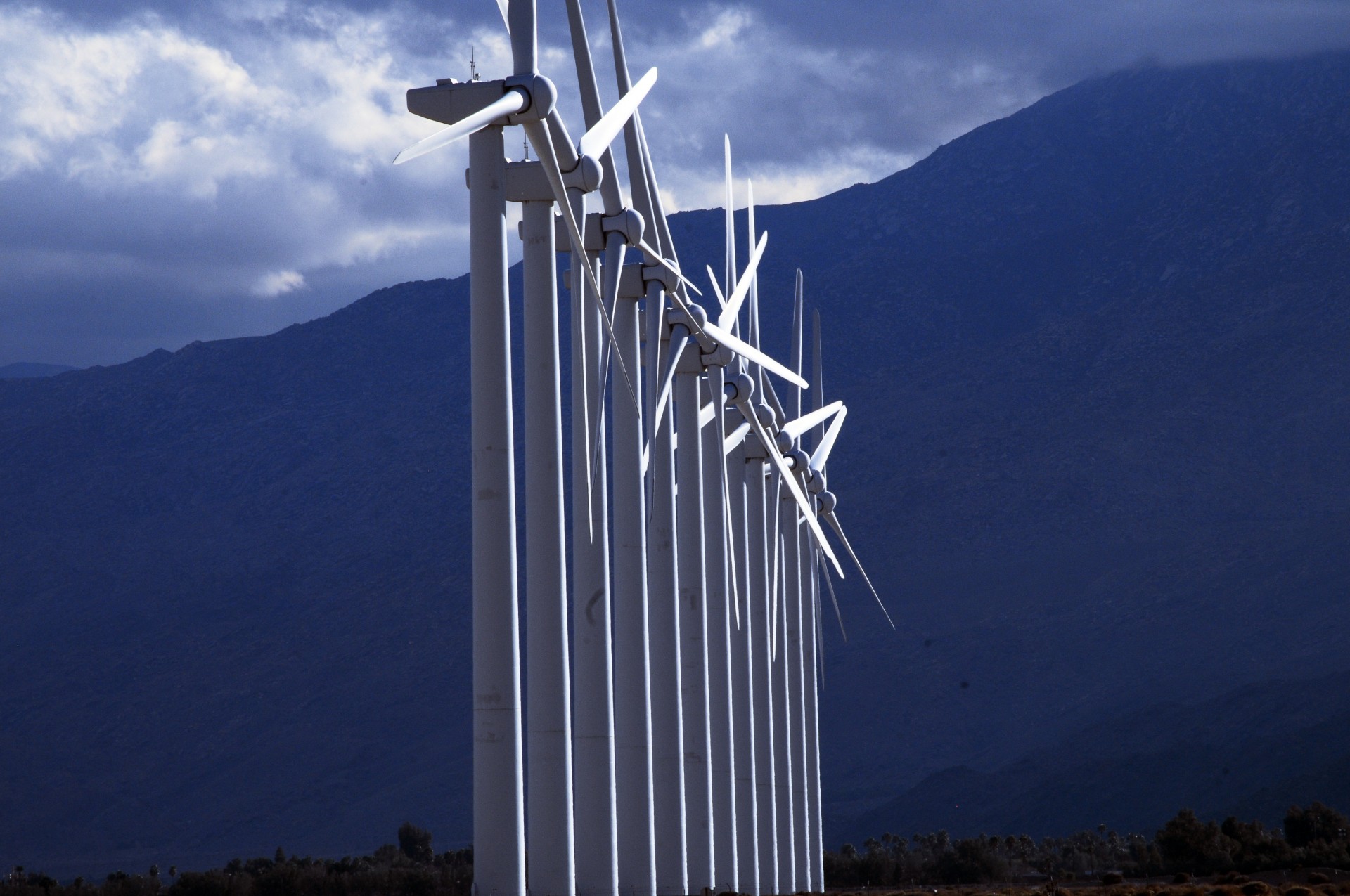
- Project: Ocotillo
- Type: Wind Farm
- Location: Southern California
- Population Density: Suburban
- Primary Comment Type: Local
- Outcome: Approved with Modifications
Tesoro Crude-by-Rail
The Tesoro crude-by-rail distribution terminal (‘Vancouver Energy Project’) was a highly contested facility slated to move domestic crude oil to West Coast markets. Proposed by Tesoro-Savage and evaluated by the Washington Energy Facility Site Evaluation Council (EFSEC), the project became one of Washington’s most contentious recent energy projects due to widespread conflict over safety concerns, climate change, and competing views about economic development. Over the course of its five year long environmental review process, a broad coalition of stakeholders including environmentalists, Native tribes, local businesses, elected officials, and labor unions succeeded in convincing EFSEC and Governor Jay Inslee to deny the project’s permits. Ultimately, economic growth arguments for the project were outweighed by widespread fear of oil train accidents, social movements advocating for clean energy, and differing local preferences for development.
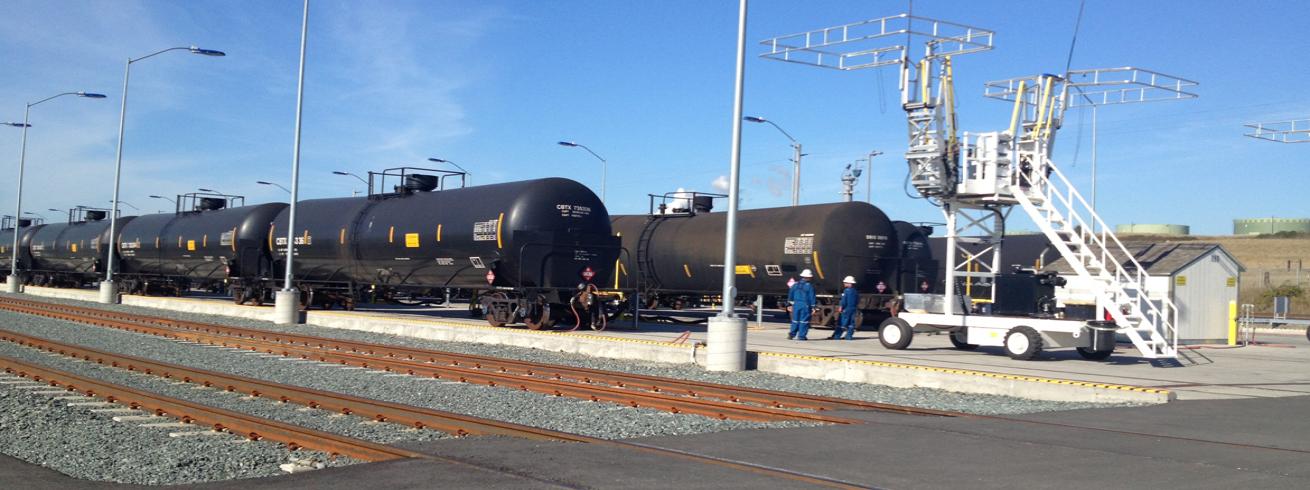
- Project: Tesoro
- Type: Oil-by-Rail
- Location: Washington
- Population Density: Mixed
- Primary Comment Type: NGO
- Outcome: Rejected
Tule Wind
The Tule Wind project consists of two wind facilities proposed for construction near the rural town of Boulevard, CA. Project sponsor Tule Wind LLC submitted proposals to the California Public Utilities Commission (CPUC) and Bureau of Land Management (BLM) to construct 152 turbines collectively between the two sites, drawing significant public controversy about land use and environmental impacts. A small portion of public response to the project applauded the expansion of renewable energy on California’s grid and the economic development benefits for local communities. However, the vast majority expressed concerns about the facility’s projected impacts to local viewsheds, property values, groundwater, and sensitive desert resources such as Native American cultural resources and threatened avian and bat species. Small local communities, Native tribes, conservation groups, and other stakeholders concerned with preserving local landscapes banded together to oppose the project, ultimately succeeding in reducing the size of Tule I and indefinitely keeping Tule II on hold through a series of legal challenges.
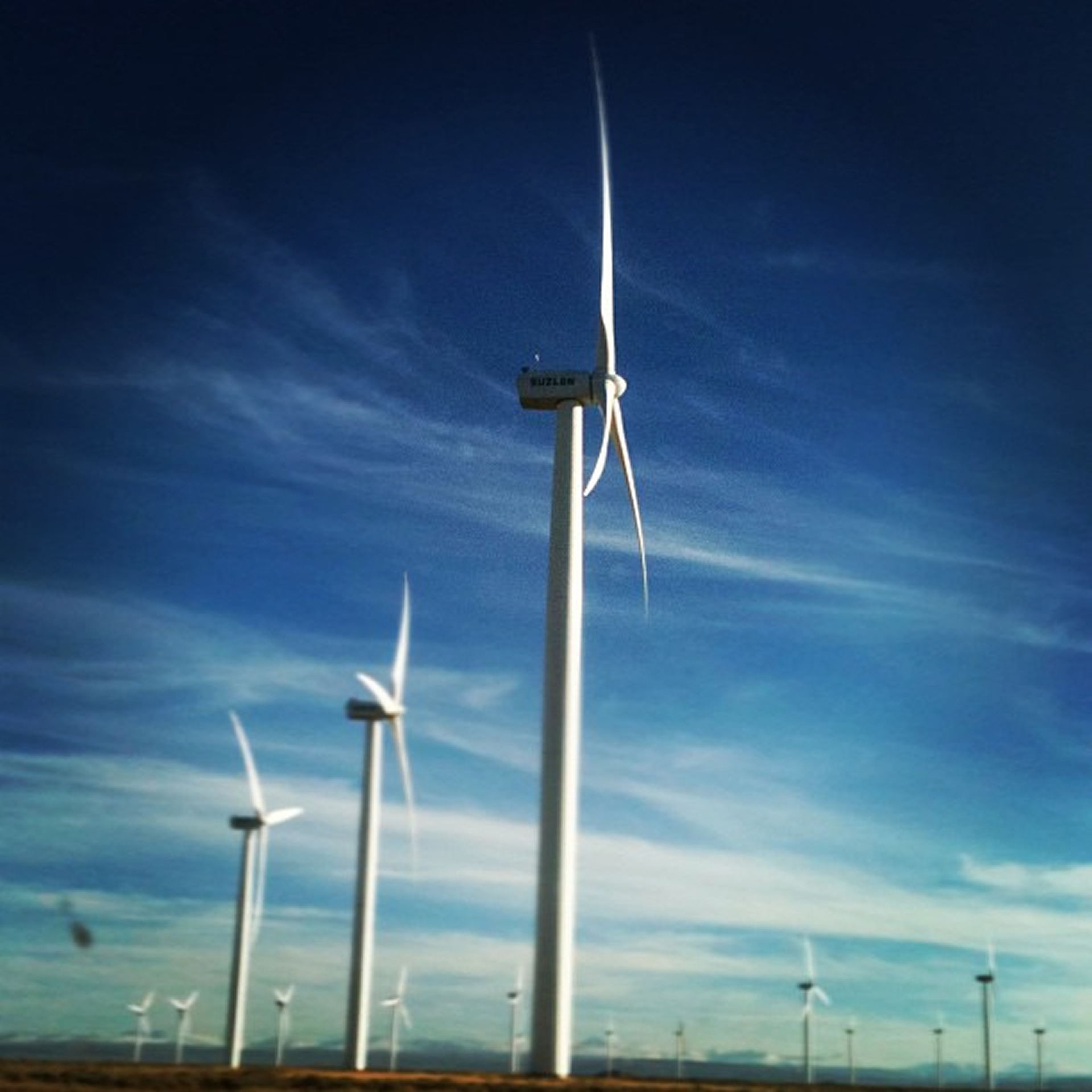
- Project: Tule
- Type: Wind Farm
- Location: Southern California
- Population Density: Suburban
- Primary Comment Type: Local
- Outcome: Approved with Modifications
Research

Journal Articles
Nelson, H., *Swanson, B., *Cain, N. (2017). “Close and Connected?: The Effects of Proximity and Social Ties on Citizen Opposition to Electricity Transmission Lines.” Journal of Environment and Behavior. Vol 50, Issue 5, pp. 567 – 596 .
Nelson, H., *Cain, N., *Yang, Z. (2015). “All Politics are Spatial: Integrating an Agent–Based Decision Support Model with Spatially Explicit Landscape Data.” In Campbell, H. et al, (Eds) Rethinking Environmental Justice in Sustainable Cities. Routledge Press. pp. 168-189.

Journal Articles
Abdollahian, M., Yang, Z., & Nelson, H. T. (2013). “Techno–Social Energy Infrastructure Siting: Sustainable Energy Modeling Programming (SEMPro).” Journal of Artificial Societies and Social Simulation, 16 (3), 1–12.
Cain, N. L., & Nelson, H. T. (2013). “What Drives Opposition to High–Voltage Transmission Lines?” Land Use Policy, 33, 204–213.